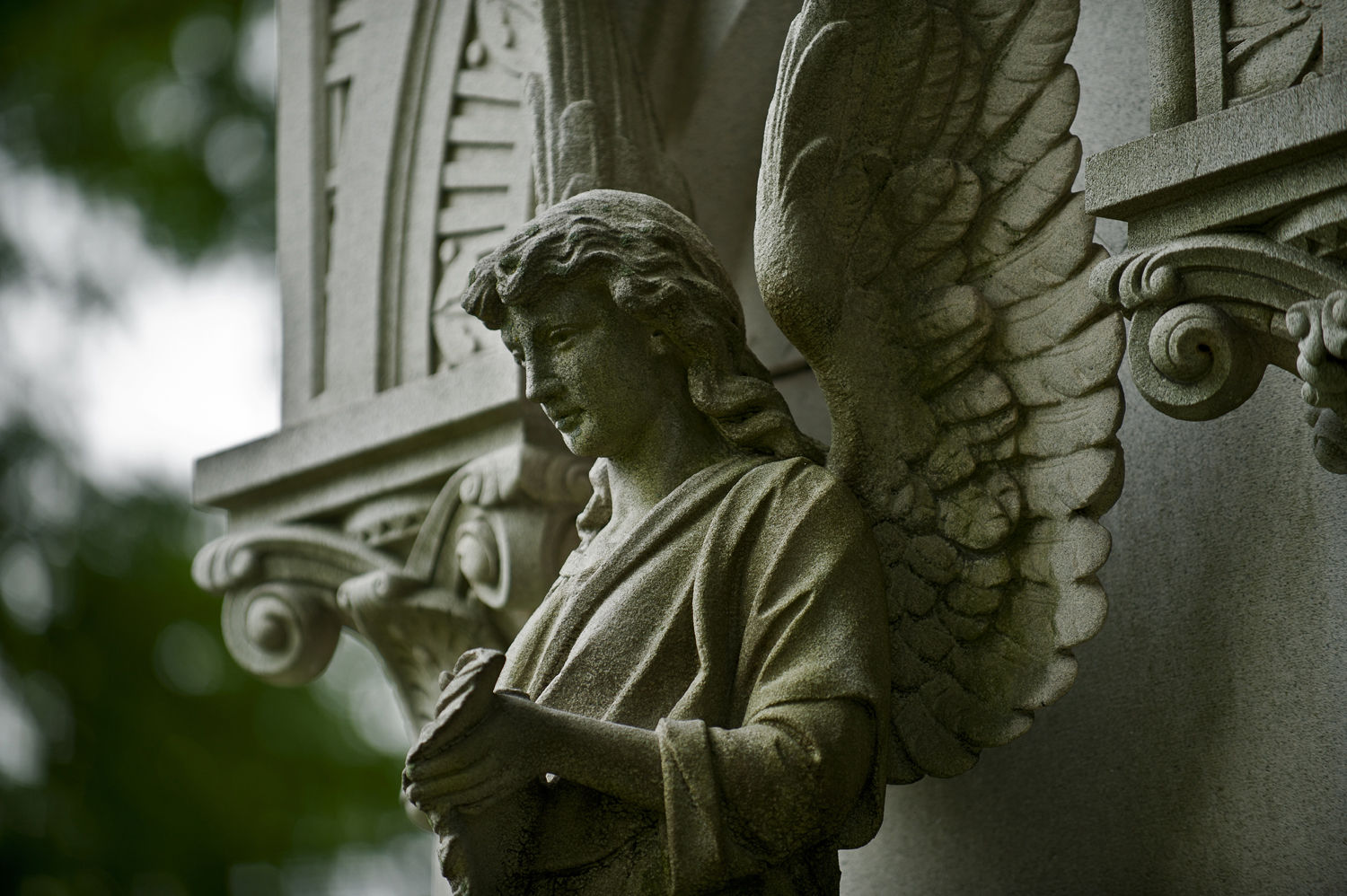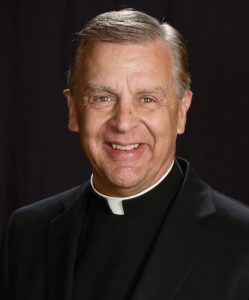
By Father Michael Wensing
November begins with two celebrations focusing our attention on the “afterlife”—All Saints Day, with its focus on our hope to be among the saints in heaven someday, and All Souls Day, with a focus on prayer for those still on the journey of purification in the time after death on
the way to the heavenly kingdom.

Some years ago, I wrote a book titled “Death and Destiny in the Bible,” now out of publication. In this time of my early retirement, I wanted to expand on that in a new book about the afterlife, which would reflect on our ancient traditions and teachings about heaven, hell and purgatory. That manuscript is now under review for publication, but I’d like to share an excerpt from the early part of that book about how our Christian hope has deep roots in Judaism but then developed so much more with Jesus and his resurrection. We now live with resurrection faith and hope. Here is that excerpt:
Despite the modern popularity of experiences and journeys after a near-death episode, there is still much denial of death in the modern secular world or avoidance of any reflection over our personal mortality. A number of the saints in ancient paintings and sculptures are pictured with human skulls nearby or actually holding one in meditation, building on the biblical affirmations that we are to remember that our days are short in this life. The skulls are not representative of a desire for death; they are a reminder of the reality of death, a “memento mori.”
When Christian art depicts skulls near a saint, it symbolizes more than his or her reflection on their mortality; it also came to symbolize the saint’s wisdom and prudence. “Make us know the shortness of our life that we may gain wisdom of heart,” states Psalm 90. It takes wisdom and prudence to acknowledge that death is in store for all of us, and it may come at any time, so be prepared.
Keeping this truth in mind is meant to help us live each day more meaningfully. We are to relativize the priorities of this world, its riches and the indulgence in pleasure, in order to live more for Christ and others toward our ultimate hope—a communal sharing in happiness in eternity.
Such a reflection is about deepening our relationship with God, something that will endure beyond death. In this sense, we are living in the light of eternity. One of the popular annual “memento mori” moments is Ash Wednesday. Being signed with ashes and reminded that we are dust and to dust we shall return is about doing a restart in the spiritual life each year.
St. Ignatius of Loyola’s “Spiritual Exercises” likewise includes a meditation on death and is a source for contemplation during the first week of Lent following Ash Wednesday. And when we pray the Hail Mary, we conclude the prayer reminding ourselves of the two most important moments in life: “now” (the existential moment) and “at the hour of our death” our final moment on earth.
Franciscan preacher to the papal household, Father Cantalamessa, in his Dec. 10, 2010, “Advent Reflection on Belief in Eternity and the New Evangelization,” contends that three “isms” are obstacles that confront the Gospel message today: scientism, secularism and rationalism. These, he noted, are especially true in taking humankind’s attention away from
the matters of life and afterlife.
He quickly summarized the influence such philosophers as Feuerbach, Marx and Freud had on this line of accepted thought by their contention that any belief in God was brought about by a desire for an eternal recompense. This desire arose as a projection for something “in the beyond” because of disappointed earthly expectations. Cantalamessa began to confront this with the evidence I unfold from the Old Testament in this manuscript, that Israel believed in God many centuries before it believed in an eternal recompense in the beyond! Hence, it is not the desire of eternal recompense that produced faith in God, but it is faith in God that produced the belief of an ultra-recompense for justice and happiness. That “beyond” may have, in the beginning, only been about a shadowy existence after life, which we will show evolved by late old and intertestamental times into the future Christian awakening of eternal possibilities.
Because of these modern thinkers (mentioned above) a certain suspicion, forgetfulness and silence fell on the word “eternity.” I wrote to awaken a new consciousness toward our ultimate destiny
beyond today’s world.
As Cantalamessa contended, a renewed faith in eternity does not only serve for evangelization, that is, the proclamation to be done to and for others, it serves to give a new impetus to our journey toward sanctity. Such a renewed faith helps us to endure and transform the sufferings of this life and increases a joy for the heart. We can be confident that we are heaven bound.


